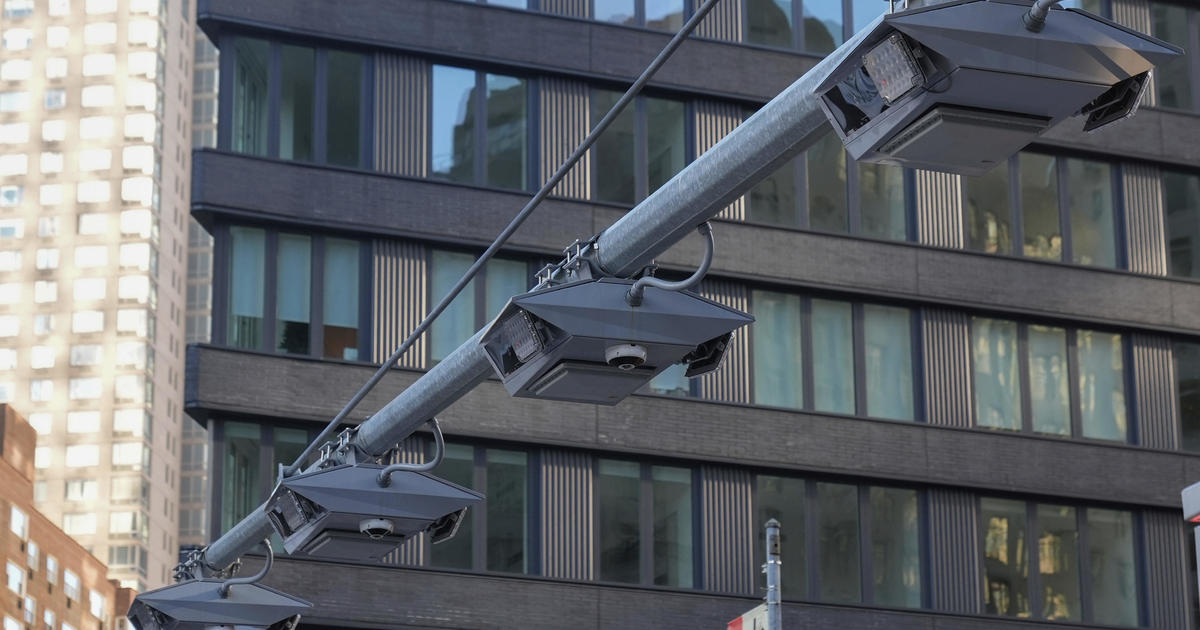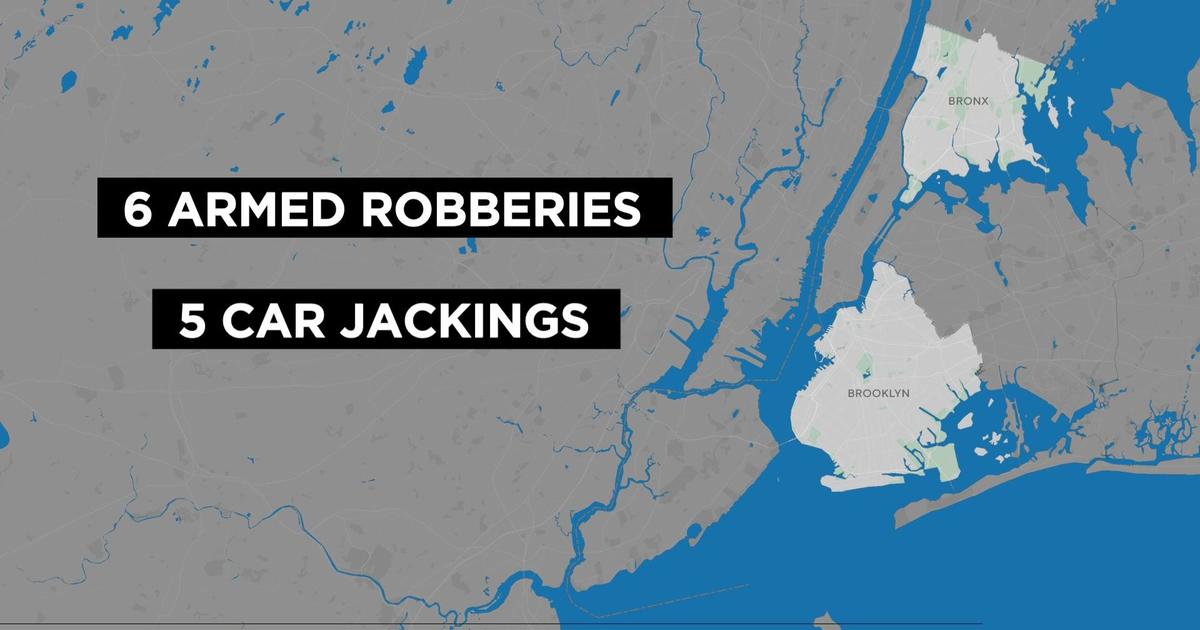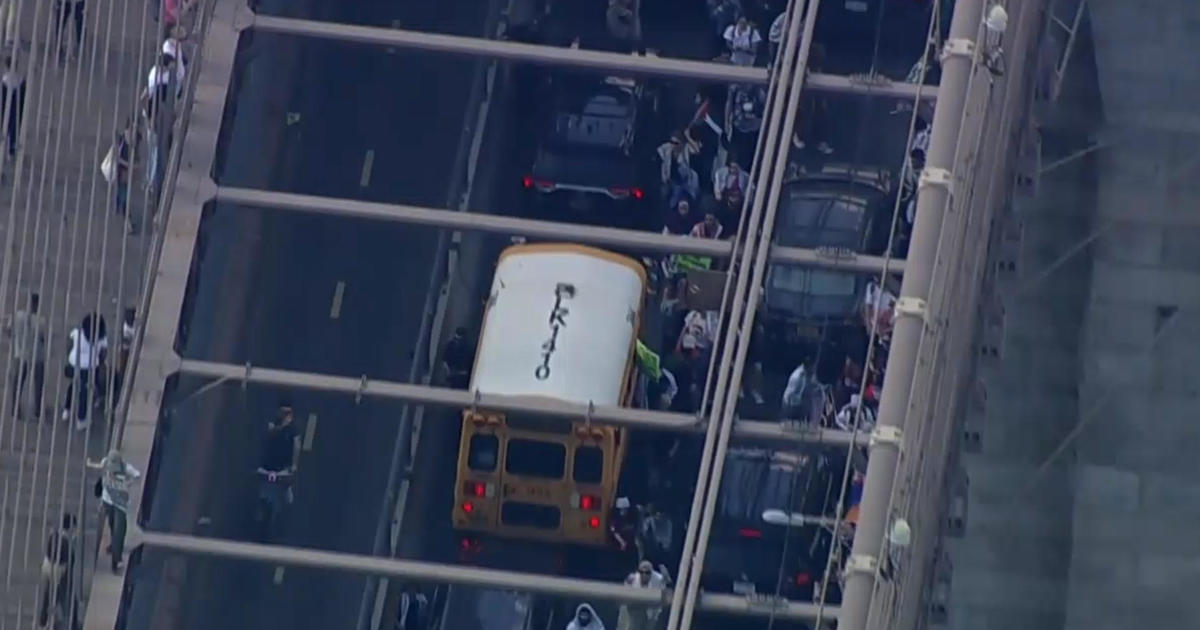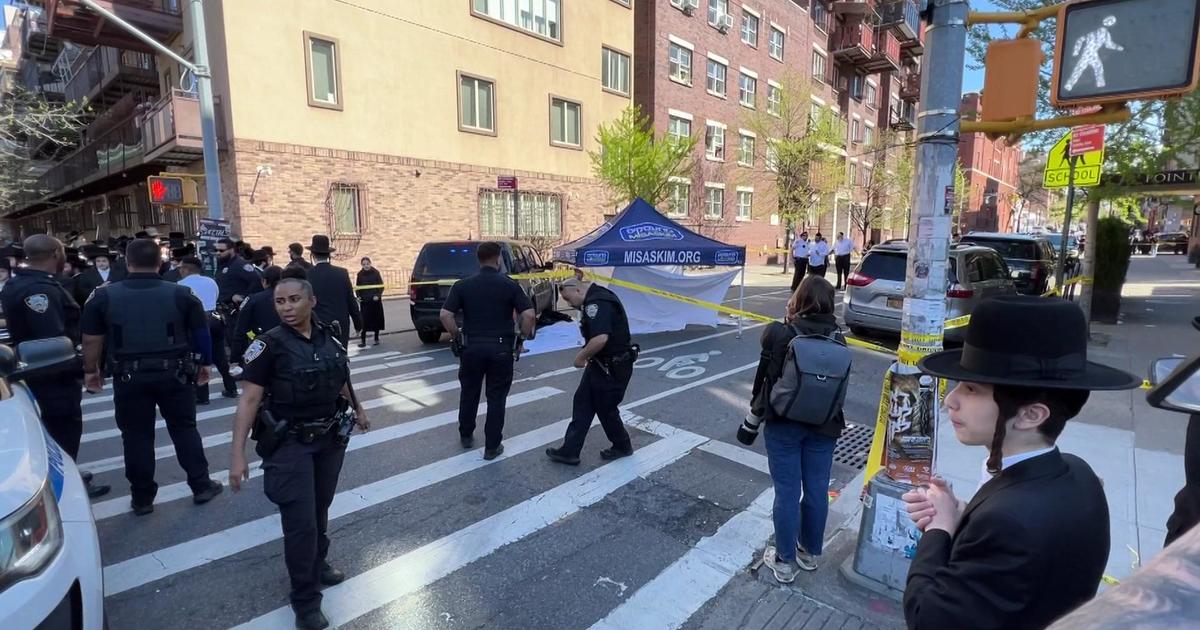State Board Green-Lights Tappan Zee Bridge Funding Plan
ALBANY, N.Y. (CBSNewYork/AP) -- New York State Gov. Andrew Cuomo's plan to use $511 million in clean water funds to help finance the new Tappan Zee Bridge won approval from a state board Thursday.
The approval came despite questions from the U.S. Environmental Protection Agency and objections from eco-groups who say it's an improper use of the money.
The money would help pay for the removal of the old span, river dredging and several other projects relating to the $3.9 billion bridge replacement project. Much smaller amounts would go toward work like marsh restoration, stormwater treatment, the relocation of a falcon nest and efforts to protect endangered sturgeon from construction noise.
The state's Environmental Facilities Corp. approved the proposal at a meeting Thursday. It's now subject to approval by the Thruway Authority and Public Authorities Control Board.
Environmental advocates have threatened to sue if the plan is approved, saying funds set aside for drinking water, sewage and other water projects shouldn't be used on a bridge project. They have also said the plan was rushed through without public input or scrutiny.
"It's bad law, bad policy and bad precedent to take half a billion dollars meant for repairing New York's aging waste water treatment plants and improving our rivers, and using it to pay for basic bridge construction activities," Hudson Riverkeeper Paul Gallay told WCBS 880's Sean Adams.
The money will go to the Thruway Authority in the form of low-interest loans. State officials said Thursday that the loans will be repaid and that the state's clean water fund will have plenty of funds to support other projects even if the loans are approved.
By using loans instead of bonds, the state expects to shave $17 million off the project's final cost. Thruway Authority Executive Director Tom Madison said the savings ``will help us keep tolls as low as possible.''
The EPA has questioned the proposal's justification and called it an ``unconventional'' use of the funds. In a letter to the state dated Wednesday, the regional EPA administrator said the agency is ``carefully reviewing'' the state's plan and posed several questions, noting that in one case, the state was proposing to use the environmental funds for a dredging-related project that would likely harm the riverbed habitat.
``Our review of the proposed projects… gave rise to several questions pertaining to eligibility,'' the letter said.
Joseph Martens, chairman of the Environmental Facilities Corp. and Cuomo's environmental commissioner, said federal approval isn't necessary for the loans.
The loans would cover aspects of the project including the removal of the existing bridge ($65 million); costs related to dredging ($140 million) and the bridge's pedestrian and bicycle path ($67 million).
The more purely environmental work is far less expensive, including ecosystem restoration ($2.4 million); stormwater treatment ($14.4 million); sturgeon noise protection ($48,000); sturgeon conservation studies ($2.8 million) and relocation of the falcon nest ($100,000).
Martens said the projects are eligible for the loans because they will ensure the complex construction project is environmentally sensitive.
``It's going to accomplish a lot of good things for the Hudson River estuary will help keep the tolls down, which is obviously another very important consideration,'' Martens said.
The Tappan Zee, which opened to traffic in 1955, is being replaced at a cost of $3.9 billion.
Check Out These Other Stories From CBSNewYork.com:
(TM and © Copyright 2014 CBS Radio Inc. and its relevant subsidiaries. CBS RADIO and EYE Logo TM and Copyright 2014 CBS Broadcasting Inc. Used under license. All Rights Reserved. This material may not be published, broadcast, rewritten, or redistributed. The Associated Press contributed to this report.)



